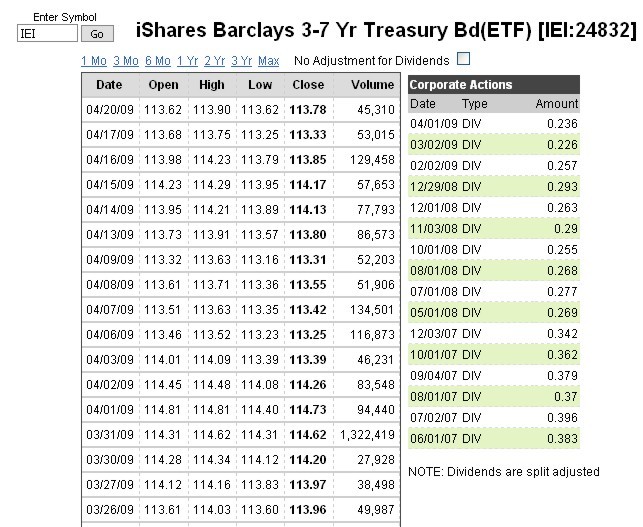Is The SwapBased ETF Model Better For Fixed Income
Post on: 19 Апрель, 2015 No Comment

One of the key differences between the European and U.S. ETF markets is the widespread use of swap-based index tracking in Europe. Although swap-backed ETFs exist in the U.S. – this is the standard model for leveraged ETFs, for example – in Europe the majority of ETF issuers use swap-based replication for all their funds. The reasons for this historical variation in the evolution of the two ETF markets are quite complex and reflect, primarily, divergences in the two regions’ regulatory and tax regimes.
Many observers argue that the flexibility of the swap model has enabled European ETF product providers to push into more esoteric areas of the asset market than in the U.S. In the European fixed income sector, for example, there are ETFs that track overnight interbank money market rates, credit derivatives indices and the inflation swap market, three asset classes that are absent from U.S. providers’ product offerings.
But are swap-based ETFs generally a “better mousetrap” for fixed income? Or are there reasons for investors to prefer fixed income ETFs that use the more traditional, physical (“in-kind”) replication technique whereby the fund holds the securities in the index it seeks to track, or at least a representative sample of them?
How Swap-Based ETFs Work
In a standard European swap-based ETF, when investors’ cash enters the fund as a result of a new creation of ETF shares, it is used to purchase a basket of securities (called the “collateral” or “substitute” basket). This basket may or may not have anything to do with the index being tracked.
The fund achieves its index exposure by entering into an index swap agreement with a counterparty (often the parent bank of the ETF issuer or, in the case of ETF issuer “platforms” like Source or ETF Exchange, one of a group of financial institutions).
The index swap guarantees the performance of the underlying index to the ETF (net of the management fee). However, nothing comes for free, and the “price” that the ETF investor pays for receiving this superior tracking ability is some counterparty risk exposure to the bank writing the swap.
Under the UCITS rules (the regulations governing European collective investment schemes, with which most European ETFs are compliant), this counterparty exposure is limited to 10% of the fund’s net asset value and, in practice, many ETF issuers manage this exposure to a lower maximum percentage figure. Nevertheless, fears over possible bank failures late last year were sufficient to drive many investors away from swap-based ETFs altogether in favour of the more traditional ETF structure, where the fund owns all or a representative sample of the securities in the index. So far in 2009, counterparty risk concerns have subsided .
The table below shows the largest 15 fixed income ETFs in Europe, together with their annual fee and index-tracking methodology, as given in the 6 August Deutsche Bank “European Listed ETF — Liquidity Trends” report.
Replication Type














